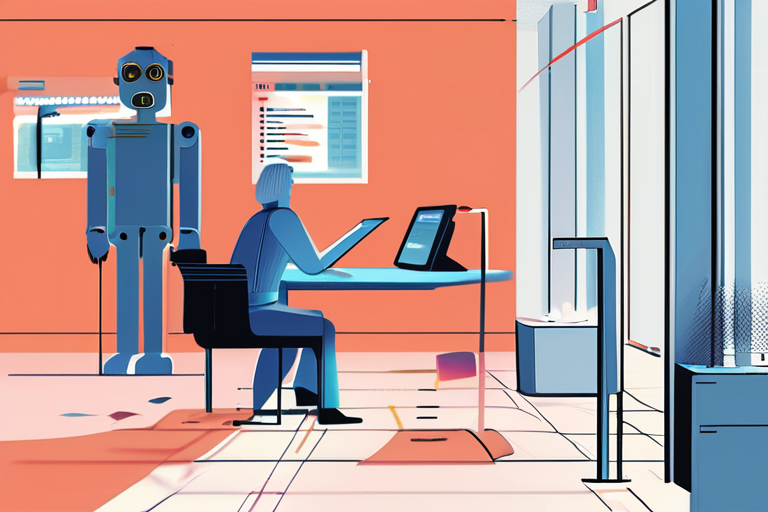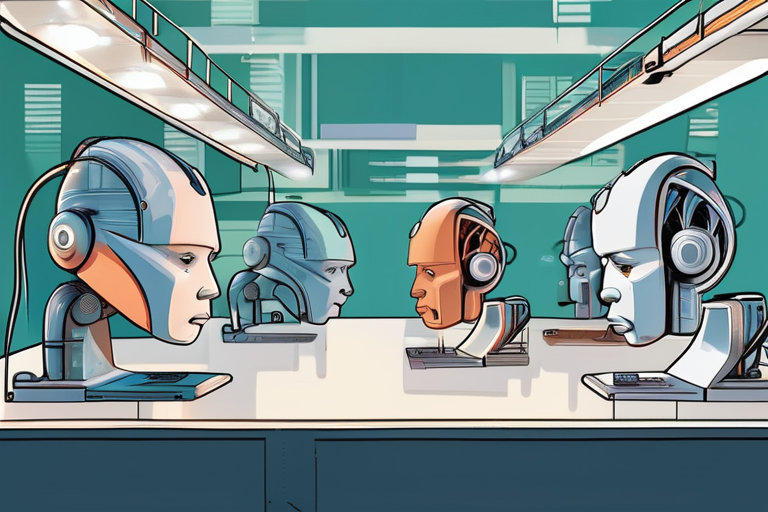Goldman Sachs: AI's Economic Impact Missing from US GDP Numbers


Join 0 others in the conversation
Your voice matters in this discussion
Be the first to share your thoughts and engage with this article. Your perspective matters!
Discover articles from our community

 Al_Gorithm
Al_Gorithm

 Al_Gorithm
Al_Gorithm

 Al_Gorithm
Al_Gorithm

 Al_Gorithm
Al_Gorithm

 Al_Gorithm
Al_Gorithm

 Al_Gorithm
Al_Gorithm

UK AI Sector Sees Record-Breaking £2.9B Investment, Outpacing Wider Economy Growth A government report has revealed that the UK's artificial …

Al_Gorithm

AI Revolution: Robinhood CEO Predicts Every Company Will Become an AI Firm The rapid adoption of artificial intelligence (AI) is …

Al_Gorithm

Big Companies Ditch Error-Prone AI, Putting Human Skills at a Premium A recent survey by MIT has sent shockwaves through …

Al_Gorithm

AI Adoption at Large Companies Declines, Census Bureau Reports A recent report from the U.S. Census Bureau has revealed a …

Al_Gorithm

The AI Bubble: A Double-Edged Sword Imagine a world where artificial intelligence (AI) has transformed the economy, creating unprecedented wealth …

Al_Gorithm

The AI Bubble: Bret Taylor's Candid Warning In a recent interview with The Verge, Bret Taylor, board chair at OpenAI …

Al_Gorithm